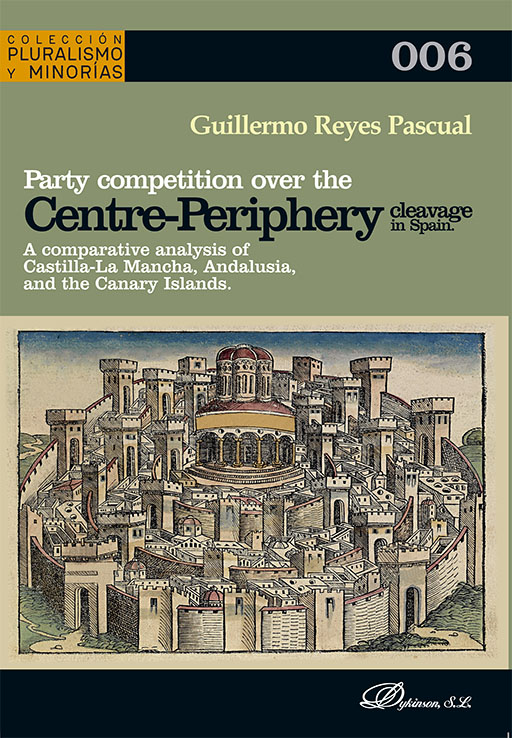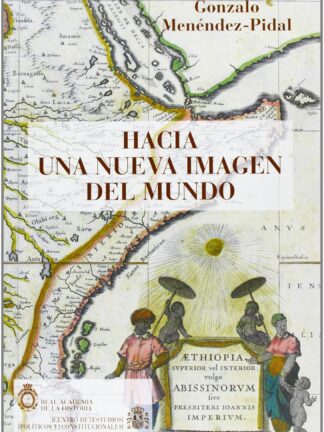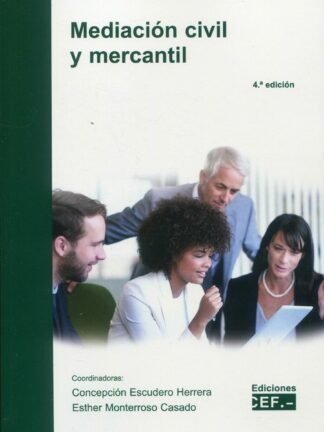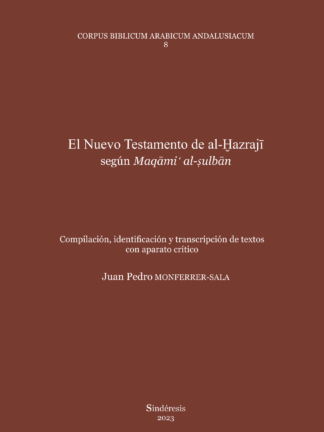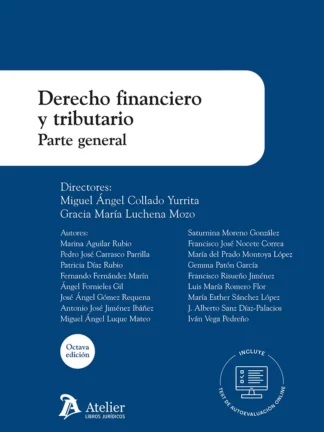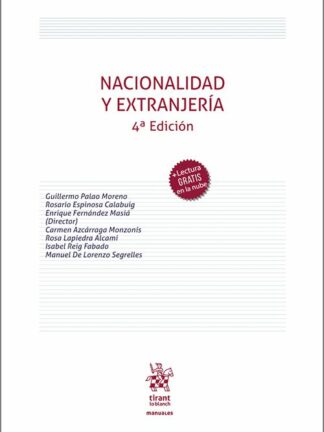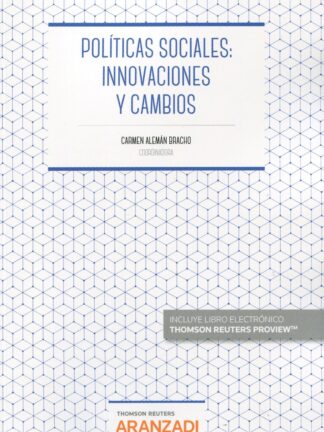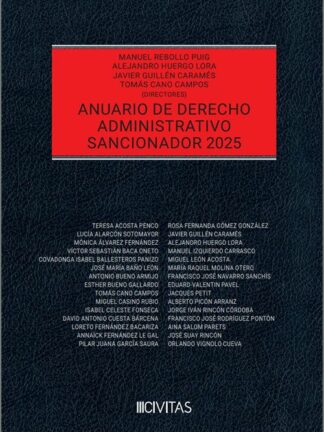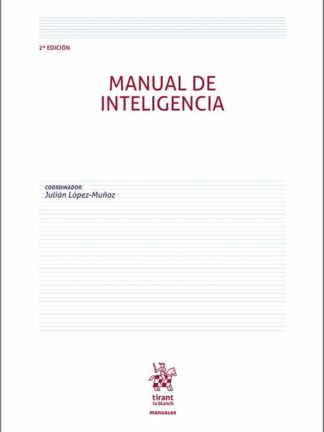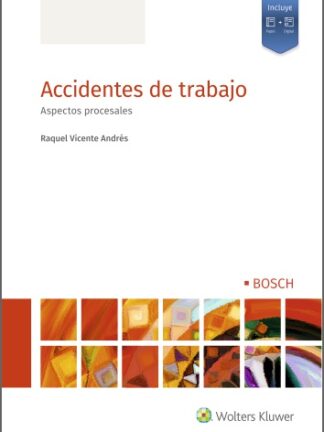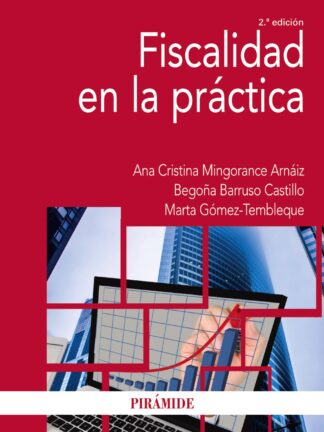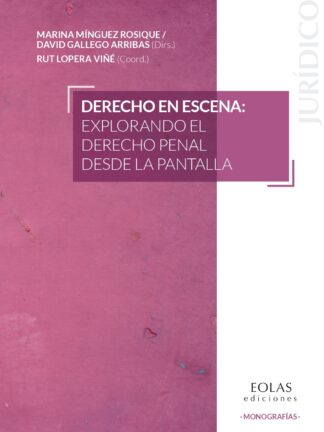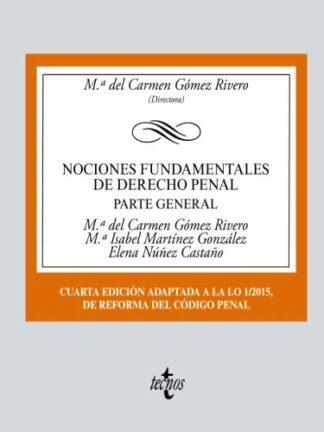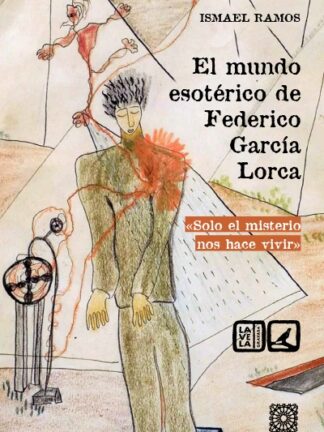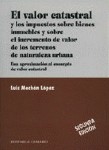Descripción
Party competition over the centre-periphery cleavage in Spain A comparative analysis of Castilla-La Mancha, Andalusia, and the Canary Islands
Distance has always been a factor surrounded by the myth when comprehending political behaviour. Come would say that spatialituy is fixed, and therefore outside the influence of political actors, andothers suggest that it is imagined, and consequently, articulated according to concrete political agendas. Regardless of how the concept distance is defined, it is of Paramount importance when tryingto understand and analyse how political actors behave. Aroung the world, we can find states that vary greatly in theis size, from extremely small to very large. In these spatial settings, factors likedistance are expected to have a Deep impact in how the differet socials cleavages are articulated, ultimately affecting the relations beetween citizens.
LIST OF TABLES
LIST OF FIGURES
ACRONYMS AND ABBREVIATIONS
CHAPTER 1: MULTI-LEVEL PARTY POLITICS AND THE CENTRE-PERIPHERY CLEAVAGE
1.1. Theoretical umbrella
1.2. Main research question
1.3. Spain as a politically salient case study
1.4. Research method
1.5. Conclusions
CHAPTER 2: THEORETICAL FRAMEWORK
2.1. Conceptualisation
2.2. Theoretical framework
2.3. Conclusions
CHAPTER 3: METHODOLOGY
3.1. Research strategy and case selection
3.2. Research approach: qualitative analysis
3.3. Selecting the regions
3.4. Party manifestos
3.5. Selecting parties and time period
3.6. Measurements and analysis
3.7. Main hypotheses
3.8. Conclusions
CHAPTER 4: ANALYSIS
4.1. Analysis
4.2. Discussion
4.3. Conclusions
CHAPTER 5: DISCUSSION
5.1. Discussion of the findings
5.2. Contributions to the literature on party competition along the centreperiphery cleavage
5.3. Conclusions
CHAPTER 6: CONCLUSIONS
APENDIX A
APPENDIX B
APPENDIX C
APPENDIX D
REFERENCES AND FURTHER BIBLIOGRAPHY

